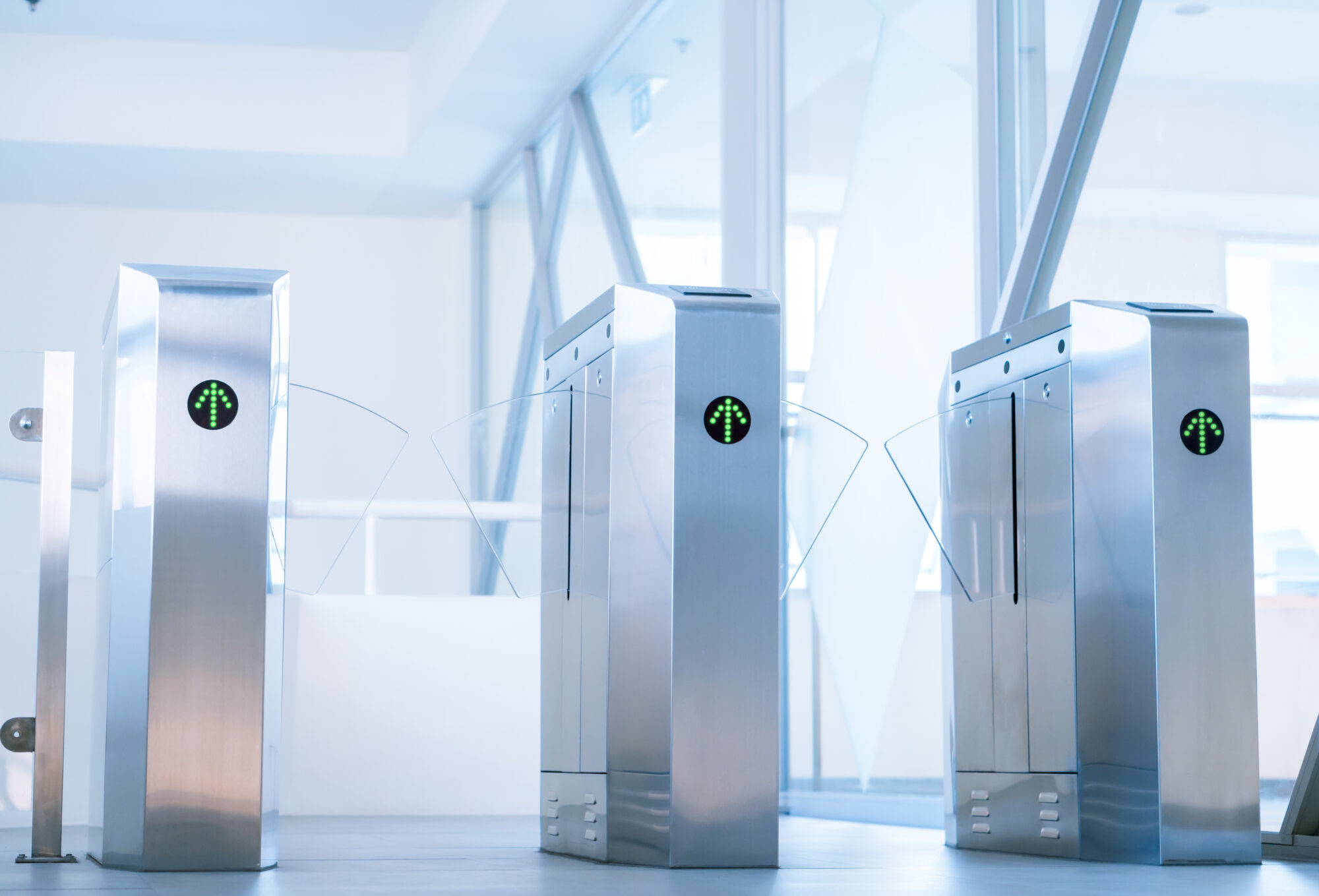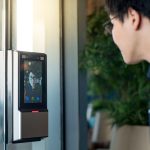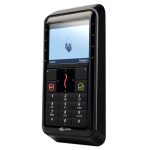Introduction to Physical Access Control Systems
Importance of Physical Access Control
In the realm of modern security, physical access control systems have become indispensable tools for safeguarding environments from unauthorized entry. These systems offer comprehensive protection by regulating who can enter specific areas within a facility. Implementing such measures is paramount in various settings, from corporate offices and data centers to healthcare facilities and educational institutions.
Physical access control systems play a crucial role in enhancing security by acting as the first line of defense. They prevent unauthorized individuals from gaining access to sensitive or restricted areas, thus mitigating potential threats. These systems provide an additional layer of security beyond traditional keys and locks, which can be easily lost, duplicated, or compromised.
Moreover, physical access control systems contribute to operational efficiency. They reduce the need for security personnel by automating entry processes, ensuring only those with proper credentials gain access. This automation not only increases security but also streamlines operations, saving time and resources. Access control systems can also integrate with other security measures, such as surveillance cameras and alarm systems, to create a cohesive, multi-layer defense strategy.
Investing in physical access control systems is also critical for compliance with regulatory requirements and industry standards. Many sectors mandate stringent security protocols to protect sensitive data and assets. For instance, healthcare facilities must comply with HIPAA regulations, while financial institutions adhere to PCI-DSS standards. Implementing access control systems helps ensure compliance, avoiding potential legal and financial repercussions.
Understanding the importance of physical access control systems sets the foundation for exploring their various types, components, and benefits. This comprehensive guide delves into these aspects, providing valuable insights into selecting and implementing the right system for your needs.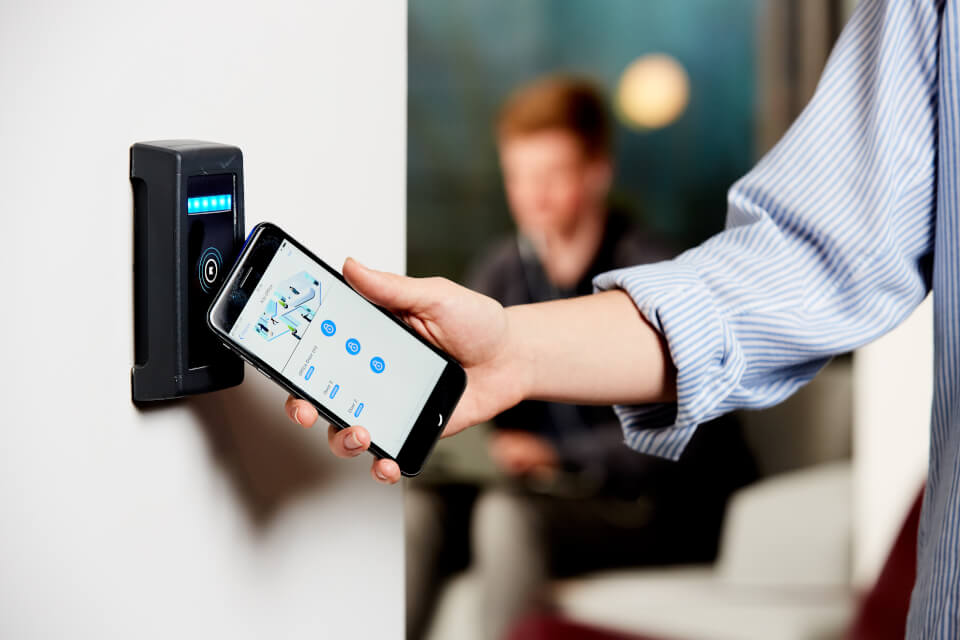
Types of Physical Access Control Systems
Physical access control systems come in various forms, each designed to meet specific security requirements and operational needs. The primary types include keycard systems, biometric systems, PIN-based systems, and mobile access control.
Keycard Systems
Keycard systems are among the most widely used due to their simplicity and cost-effectiveness. Users gain access by swiping or tapping a keycard against a reader. These systems are easy to manage, as administrators can quickly update or revoke access permissions as needed. However, keycards can be lost or stolen, posing a potential security risk.
Biometric Systems
Biometric systems offer higher security levels by using unique physical characteristics for verification. These systems can use fingerprints, facial recognition, or iris scans to grant access. Since biometrics are unique to each individual, these systems are challenging to deceive. Nevertheless, they can be more expensive to implement and require more sophisticated technology and maintenance.
PIN-Based Systems
PIN-based systems require users to enter a personal identification number (PIN) to gain access. These systems are straightforward and do not require physical tokens like keycards or mobile devices. However, PINs can be shared or forgotten, which may compromise security and require a robust user management strategy.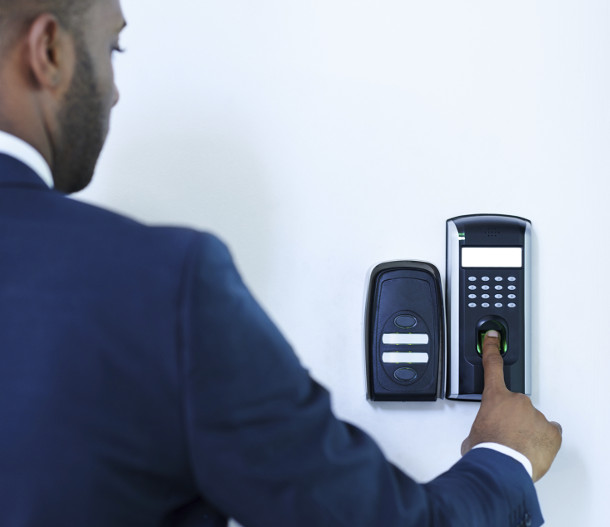
Mobile Access Control
Mobile access control systems use smartphones as access credentials, offering convenience and flexibility. Users can unlock doors by tapping their phone or using a mobile app. These systems integrate well with existing security frameworks, and updates can be managed centrally. Yet, they rely on users having functional mobile devices, which can present challenges if devices are lost or malfunction.
Each type of access control system has advantages and limitations. Choosing the right system depends on your specific security needs, budget, and operational context. A comprehensive assessment of your environment can help determine the most suitable access control solution.
Components of Physical Access Control Systems
Core Components
Physical access control systems comprise several core components that work together to provide secure and efficient access management. Understanding these components is crucial for selecting and implementing an effective system.
Access Control Panel
The access control panel, or controller, is the system’s central hub. It manages the communication between the access points (such as door readers) and the system’s database. The control panel processes authentication requests, grants or denies access, and logs events. It plays a critical role in ensuring the system’s reliability and security.
Access Points
Access points are the physical locations where users present their credentials to gain entry. These can include doors, gates, turnstiles, or elevators. Each access point has an access control reader that scans the credential provided by the user, such as a keycard, biometric data, or mobile device.
Credentials
Credentials are the means by which users authenticate their identity to gain access. Common credentials include keycards, PINs, biometrics, or mobile devices. The type of credential used depends on the system’s design and the required security level.
Software
The access control software is responsible for managing user credentials, access permissions, and system configurations. It provides a user-friendly interface for administrators to add or remove users, assign access levels, and generate reports. Advanced software may also offer integration with other security systems, such as surveillance cameras or intrusion detection systems.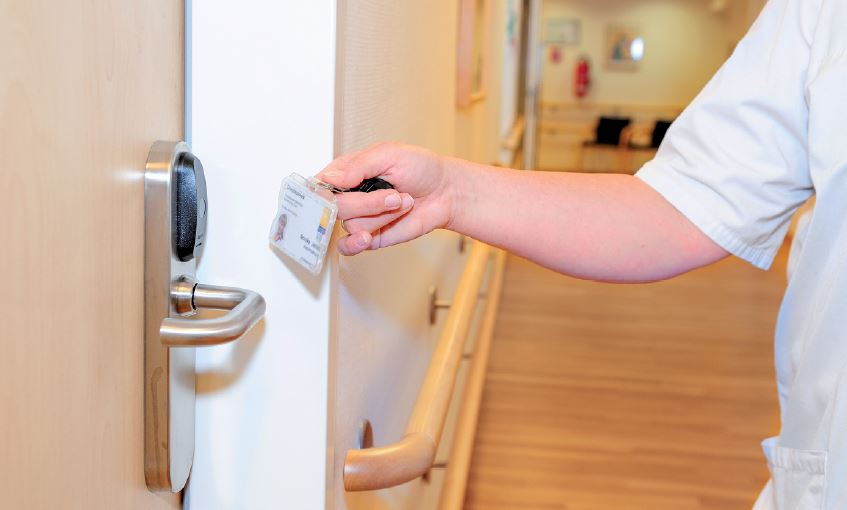
Additional Components
In addition to the core components, physical access control systems may include several additional elements that enhance functionality and security.
Surveillance Integration
Integrating surveillance cameras with access control systems provides a comprehensive security solution. Cameras can record entry and exit events, allowing for real-time monitoring and post-event investigation. This integration enhances situational awareness and helps in identifying potential security breaches or incidents.
Alarm Systems
Combining access control with alarm systems can provide immediate alerts for unauthorized access attempts or security breaches. Alarms can be configured to trigger in various scenarios, such as forced entry, door propping, or tampering with access control equipment. These alerts can be sent to security personnel for prompt response and investigation.
Intercom Systems
Intercom systems allow for communication between users at access points and security personnel. This is particularly useful for verifying the identity of visitors or addressing access issues in real-time. Intercom systems can be integrated with access control panels and surveillance cameras for a seamless security experience.
Emergency Exit Systems
Emergency exit systems ensure that access control measures do not impede safe evacuation during emergencies. These systems include features like emergency override buttons, fire alarm integration, and panic bars. Ensuring compliance with safety regulations and codes is crucial in designing and implementing these components.
Understanding the components of physical access control systems helps in selecting and configuring a system that meets your security and operational requirements. Each component plays a vital role in ensuring the system’s overall effectiveness.
Benefits of Physical Access Control Systems
Enhanced Security
One of the primary benefits of physical access control systems is enhanced security. These systems provide robust mechanisms to prevent unauthorized access and protect sensitive areas. By regulating who can enter specific locations, access control systems reduce the risk of theft, vandalism, and other security threats.
Access control systems also provide detailed logs of entry and exit events. These logs can be invaluable for security audits, investigations, and regulatory compliance. They offer a clear record of who accessed specific areas and when, helping to identify potential security breaches or issues.
Furthermore, advanced access control systems offer real-time monitoring and alerts. Security personnel can receive immediate notifications of unauthorized access attempts or unusual activity. This allows for prompt response and mitigation of security risks.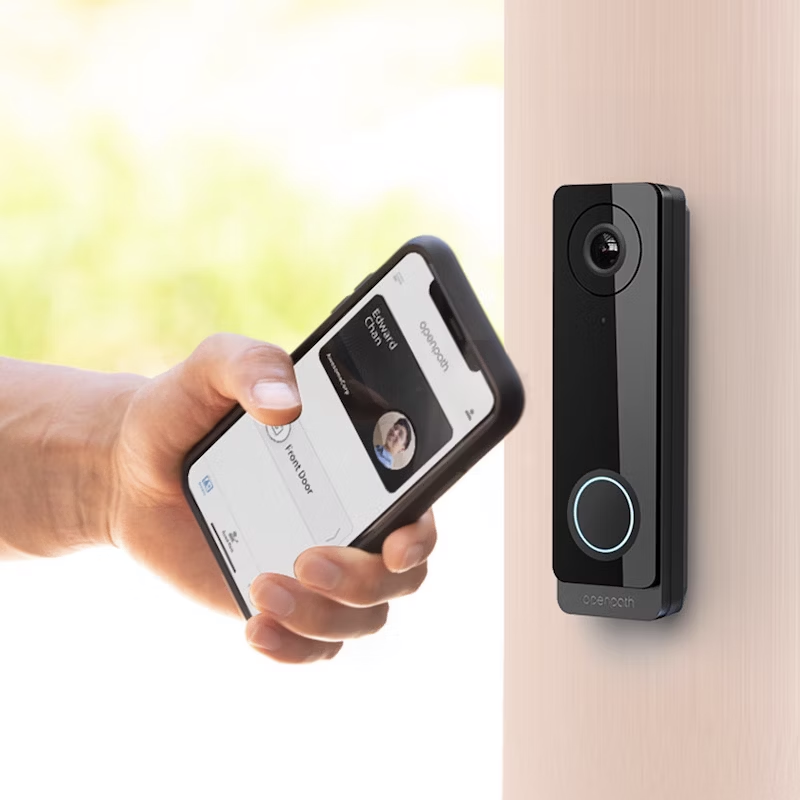
Improved Operational Efficiency
In addition to security benefits, physical access control systems improve operational efficiency. Automated access processes reduce the need for manual checks by security personnel, freeing them to focus on other tasks. This automation streamlines entry and exit procedures, reducing bottlenecks and enhancing productivity.
Access control systems also offer flexibility in managing access permissions. Administrators can easily update access rights, add or remove users, and assign temporary credentials for visitors. This reduces the administrative burden and ensures that access permissions are up-to-date and aligned with organizational needs.
Moreover, integrating access control with other building management systems can enhance overall efficiency. For example, integrating with HVAC systems can optimize energy use by reducing heating or cooling in unoccupied areas. Access control data can also inform facility management decisions, such as adjusting cleaning schedules or maintenance plans based on actual space usage.
Regulatory Compliance
Many industries are subject to stringent regulatory requirements regarding physical security. Compliance with these regulations is crucial to avoid legal issues and potential fines. Physical access control systems help organizations meet these requirements by providing controlled access, detailed logs, and audit trails.
For example, healthcare facilities must comply with HIPAA regulations to protect patient data, while financial institutions adhere to PCI-DSS standards for securing payment card information. Access control systems ensure that only authorized personnel can access sensitive data or areas, reducing the risk of data breaches and ensuring compliance with industry standards.
Scalability and Flexibility
Modern access control systems offer scalability and flexibility, allowing organizations to adapt to changing security needs and growth. These systems can expand to include additional access points, users, and features as needed. This scalability ensures that the access control system can grow with the organization, providing long-term value and protection.
Flexibility in configuring access levels and permissions allows organizations to tailor the system to their specific needs. Different areas can have varying security requirements, and access control systems can accommodate these differences. For example, a data center may require biometric authentication, while general office areas may use keycards.
Cost Savings
While the initial investment in physical access control systems can be significant, the long-term cost savings are substantial. Automated processes reduce the need for manual labor, such as security guards or receptionists. This reduces ongoing operational costs and improves overall efficiency.
Additionally, preventing security breaches and mitigating risks can save organizations significant costs associated with theft, vandalism, and data breaches. The ability to quickly revoke access rights for terminated employees or lost credentials reduces the risk of unauthorized access and potential financial losses.
Implementation and Best Practices
Conducting a Security Assessment
Before implementing a physical access control system, conducting a thorough security assessment is crucial. This assessment involves identifying security vulnerabilities, determining access needs, and defining security objectives.
Start by mapping out all access points and sensitive areas within the facility. Identify who needs access to each area and at what times. This helps determine where access control measures are required and what type of system is most suitable.
Evaluate existing security measures and identify any gaps or weaknesses. Consider potential security threats and scenarios, such as unauthorized access, tailgating, or credential theft. This assessment provides a clear understanding of the security landscape and informs the design and configuration of the access control system.
Involve key stakeholders in the assessment process, including security personnel, IT departments, facility managers, and senior management. Their input ensures that the system meets the organization’s diverse needs and integrates smoothly with existing processes.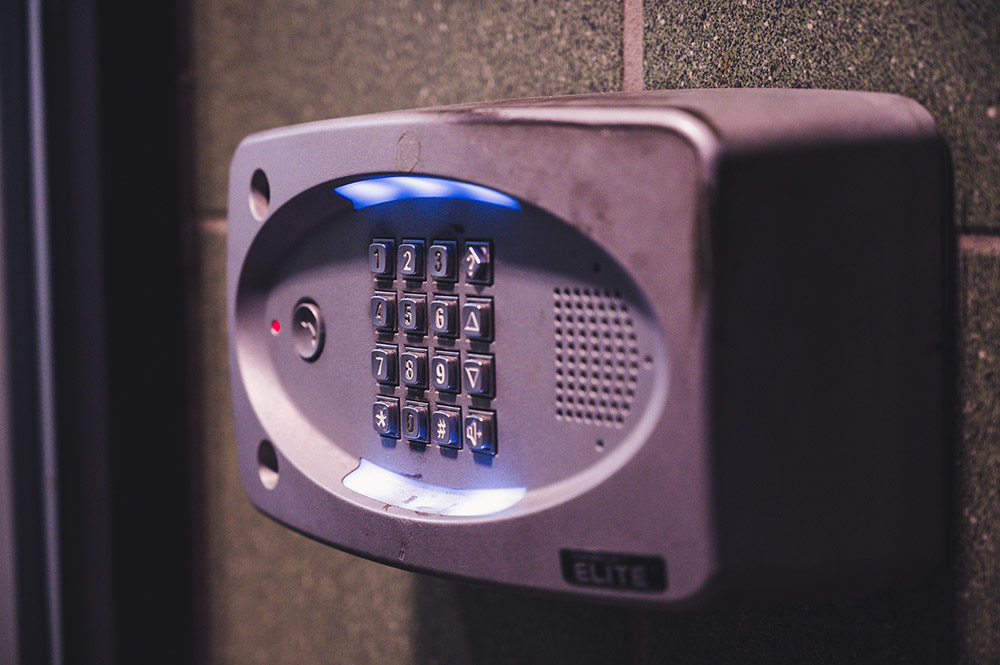
Selecting the Right System and Vendor
Choosing the right access control system and vendor is critical to the success of the implementation. Research different systems and compare their features, scalability, and cost. Ensure the chosen system can meet your current needs and scale with future growth.
Select a reputable vendor with a proven track record in access control solutions. Look for customer reviews, testimonials, and references to gauge their reliability and customer service. Inquire about their post-implementation support, maintenance services, and response times for potential issues.
Request detailed proposals from multiple vendors, including cost estimates, installation timelines, and system features. Comparing these proposals helps make an informed decision that balances cost, quality, and functionality. Consider scheduling consultations or site visits to discuss specific needs and assess the vendor’s capability to deliver.
Implementation and Training
Once the system and vendor are selected, the implementation process begins. This involves installing hardware components, configuring software, and integrating with other security systems. Work closely with the vendor to ensure a smooth installation and configuration process.
Conduct thorough testing to ensure the system operates as expected. Test all access points, credentials, and system features to identify and address any issues. Verify that the system logs and generates alerts accurately.
Training users on the new system is crucial for successful implementation. Provide comprehensive training for system administrators, covering all aspects of system management, troubleshooting, and reporting. For general users, focus on the basics of accessing the system, using credentials, and following security protocols.
Provide training materials, such as user manuals, quick reference guides, and video tutorials, to support ongoing learning. Regularly refresh training to cover system updates, changes in security policies, or onboarding new employees.
Maintenance and Monitoring
Regular maintenance and monitoring are essential to ensure the ongoing reliability and security of the access control system. Develop a maintenance schedule that includes regular inspections, software updates, and hardware checks.
Perform routine inspections of all hardware components, checking for any signs of wear, damage, or malfunction. Ensure that door readers, control panels, and locks operate smoothly and securely. Address any issues promptly to avoid compromising security.
Keep the system software updated with the latest patches and versions. Software updates often include security enhancements and new features that improve system performance. Regularly back up system data to prevent data loss in case of hardware failure or cyberattacks.
Monitor system logs and alerts to identify any unusual activity or potential security breaches. Regular monitoring helps in detecting and addressing issues proactively, maintaining the system’s integrity.
Conclusion
Implementing a physical access control system involves careful planning, selection, and execution to ensure enhanced security and operational efficiency. Understanding the importance of access control, assessing security needs, and selecting the right system and vendor are crucial first steps. The implementation process includes installing hardware, configuring software, and training users to ensure seamless operation.
Post-implementation activities, such as regular maintenance and monitoring, ensure the system’s reliable and secure operation. A well-implemented access control system provides peace of mind, knowing that physical spaces and valuable assets are well-protected.
By following this comprehensive guide, organizations can effectively implement and manage physical access control systems that meet their specific security needs, ensuring a secure and efficient environment.
